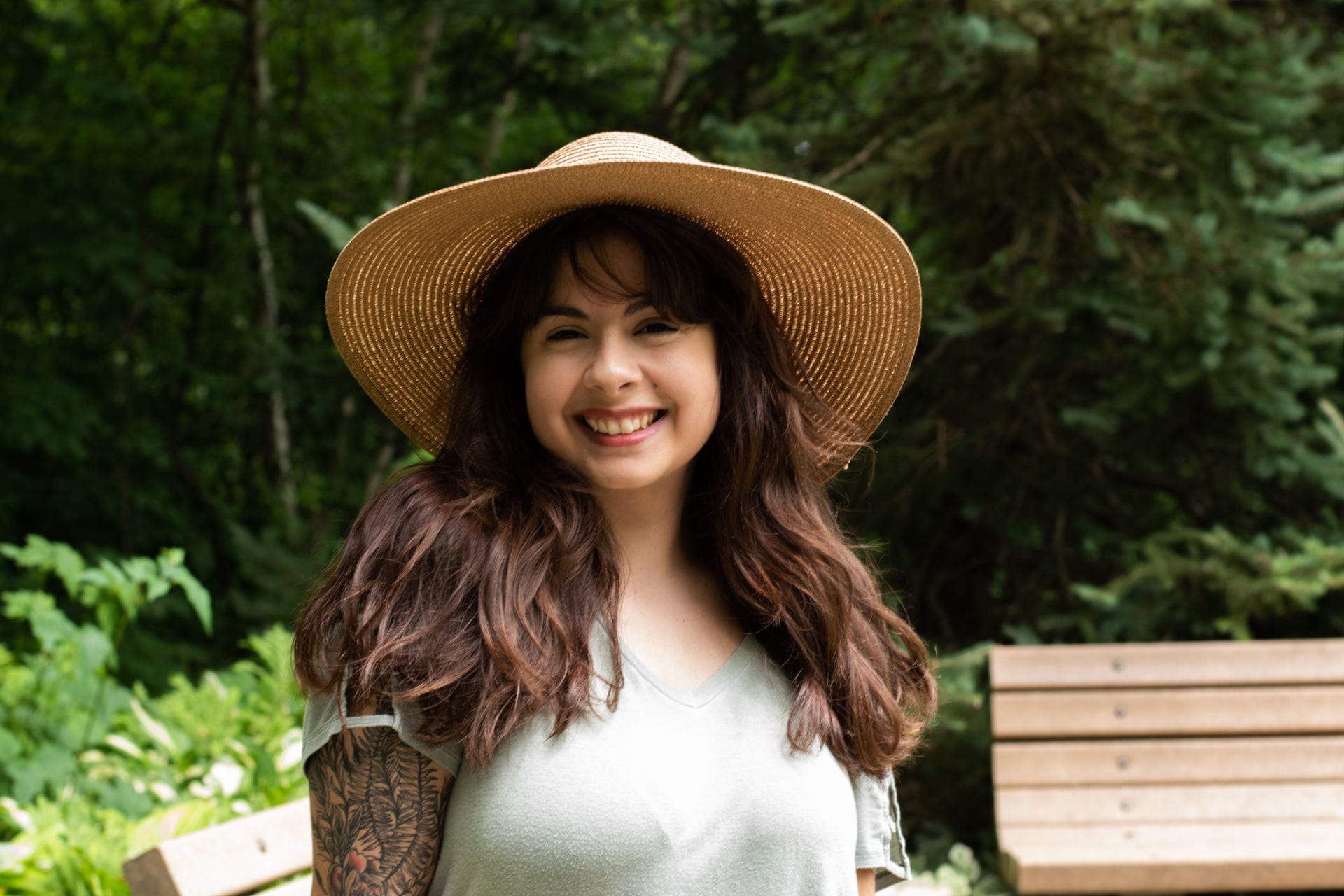This summer I worked as a research assistant under grants awarded through Penn State. The first was the Summer 2020 Remote Innovation Grant through the Student Engagement Network, and the second was the Penn State Behrend 2020 Undergraduate Student Summer Remote Research Grant. Both grants were worked on separately over the course of the summer. The grants allowed me to explore the literature on virtual and augmented reality and gain a better understanding of what has and hasn’t been done in this field. It has also allowed me to take on the challenge of learning AutoCAD to work towards recreating historical sites such as Fort Leboeuf in Waterford.
Learning AutoCAD has been a challenge and I have spent many hours searching and watching videos on the basics of the program. I started practice building in AutoCAD with blueprints provided by Dr. Shelton. This took a few weeks to get the hang of the program and the user interface. The practice build helped a lot in my learning because as I would encounter a problem or was unsure of how to do a certain thing, I would watch various videos and follow the steps, finding the best way to build for me. The most challenging part is that there are a million different ways to do one thing on AutoCAD, so when you are following tutorials, there is always a different way the design can be done.
Since the start of summer, I have since become more familiar with AutoCAD and have been working on the recreation of Fort Leboeuf. This project is important because it showcases how virtual reality can be used to preserve history as well as educate individuals on history both locally and internationally.
Through regular contact with the Fort Leboeuf Historical Society, I have been able to add as many historically accurate components to the fort as possible. Building this fort serves to be a challenge because there is little information about it. The fort was burned down and rebuilt 3 times. The physical structure no longer exists today. To build the fort, multiple sources including George Washington’s journal on his visit there, have been utilized and consulted. Comparisons of the other French forts (Fort Presque Isle, Fort Machault, and Fort Duquesne), were also used to approximate what certain materials or details may have been used at Leboeuf.
In addition to learning AutoCAD, I am learning how to use a FARO FOCUS s70 LiDAR scanner and associated software. LiDAR is a method used to scan existing artifacts/places. LiDAR will allow you to scan an area, and then clean up the scan. It serves as a very good starting point in creating new immersive environments for virtual reality.
The work done this summer in CAD and LiDAR will allow the lab to expand its offerings and allow for increased involvement of students and faculty at Behrend and individuals and organizations in the Erie community. This research experience has allowed me to expand my knowledge in the development of virtual reality environments as well as gain new skills in programs such as AutoCAD and Twin Motion.




Leave A Comment
You must be logged in to post a comment.